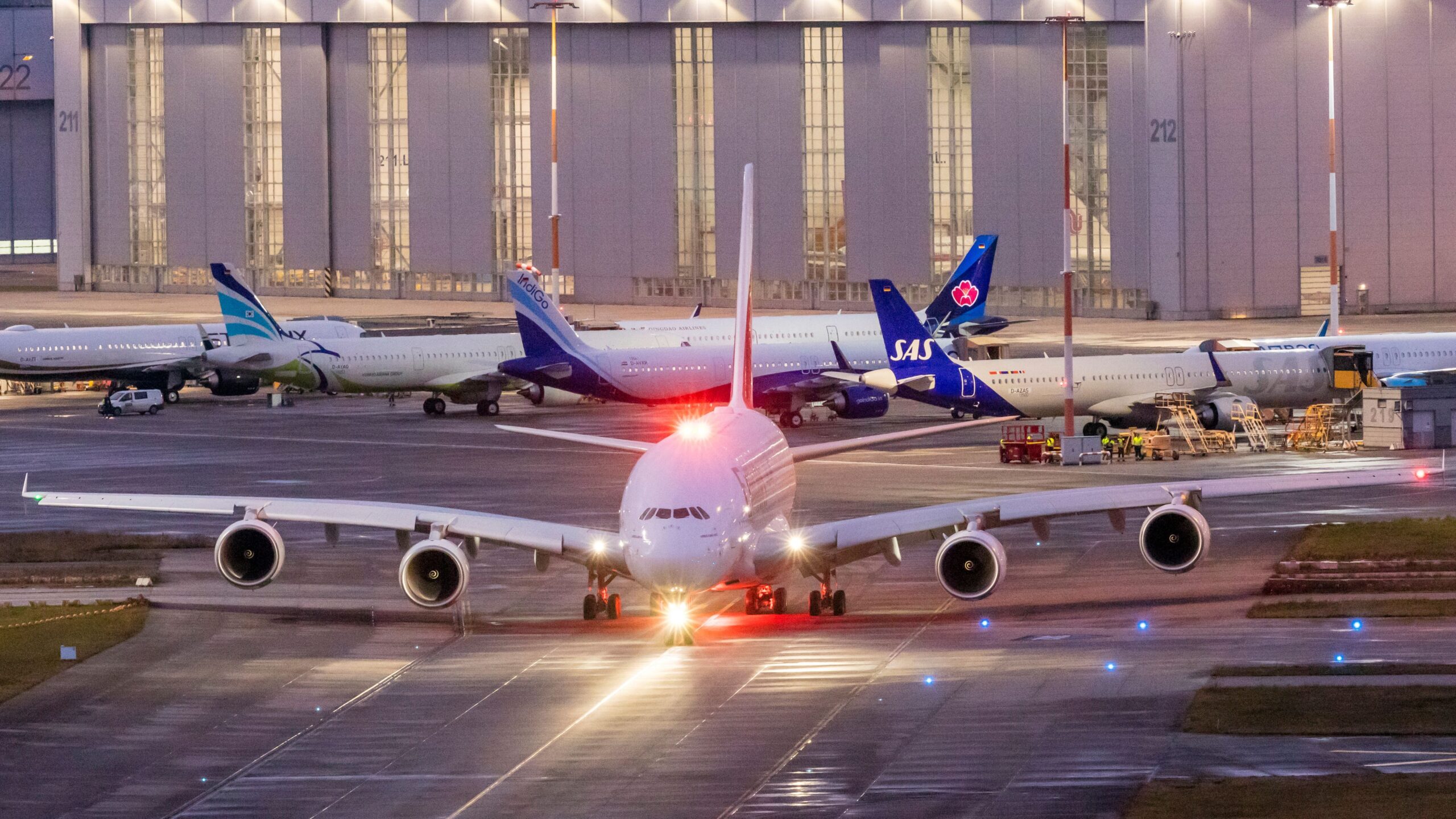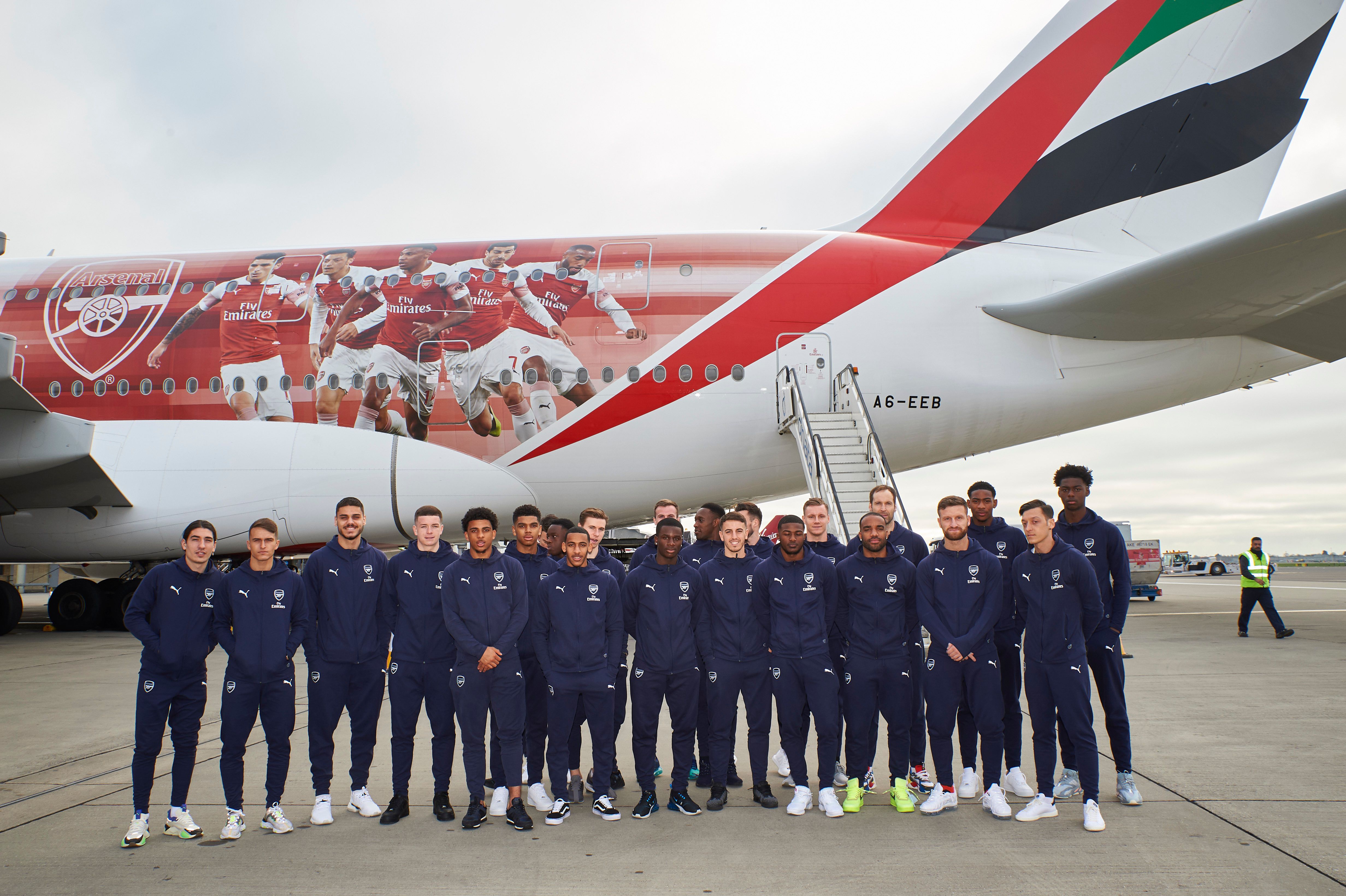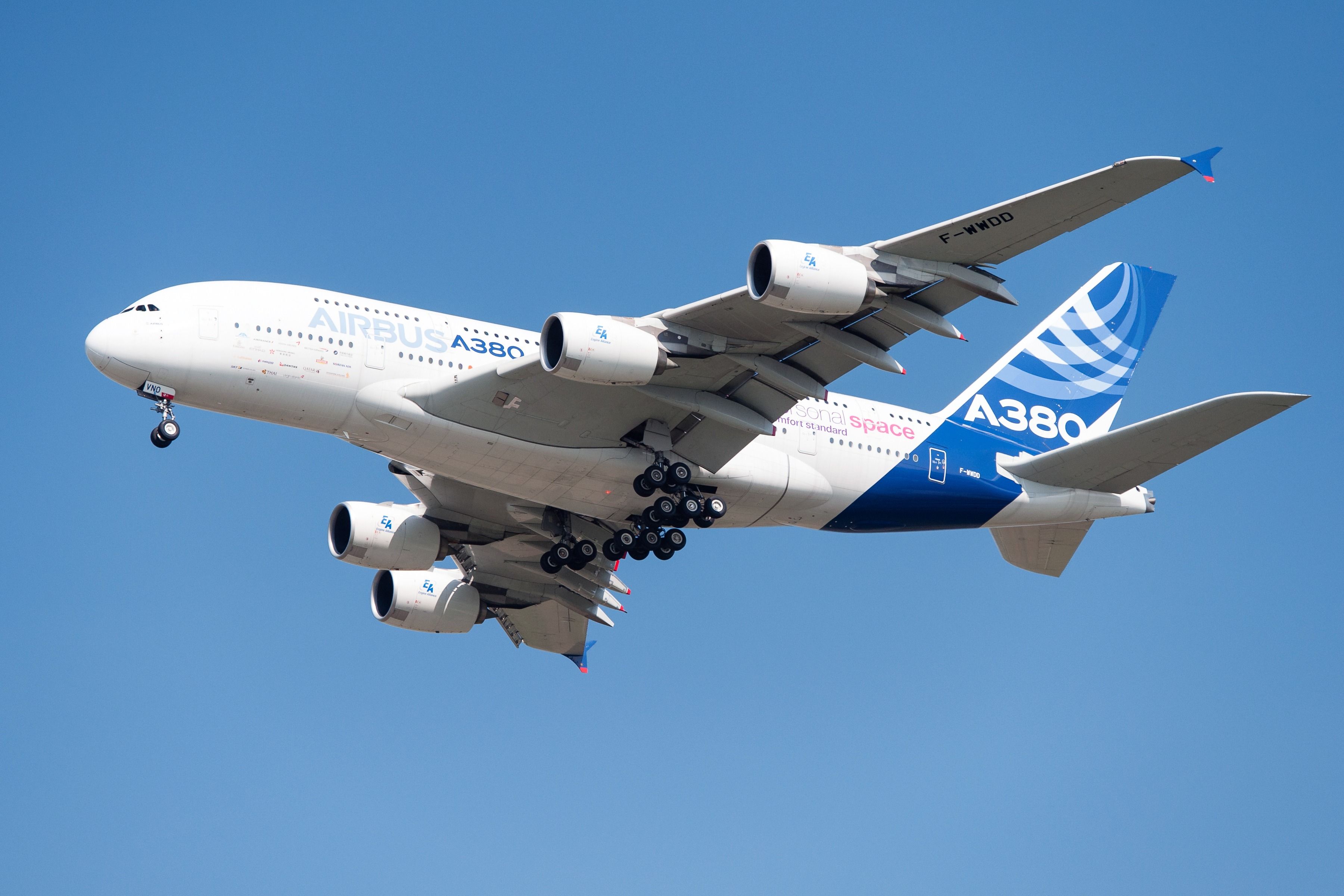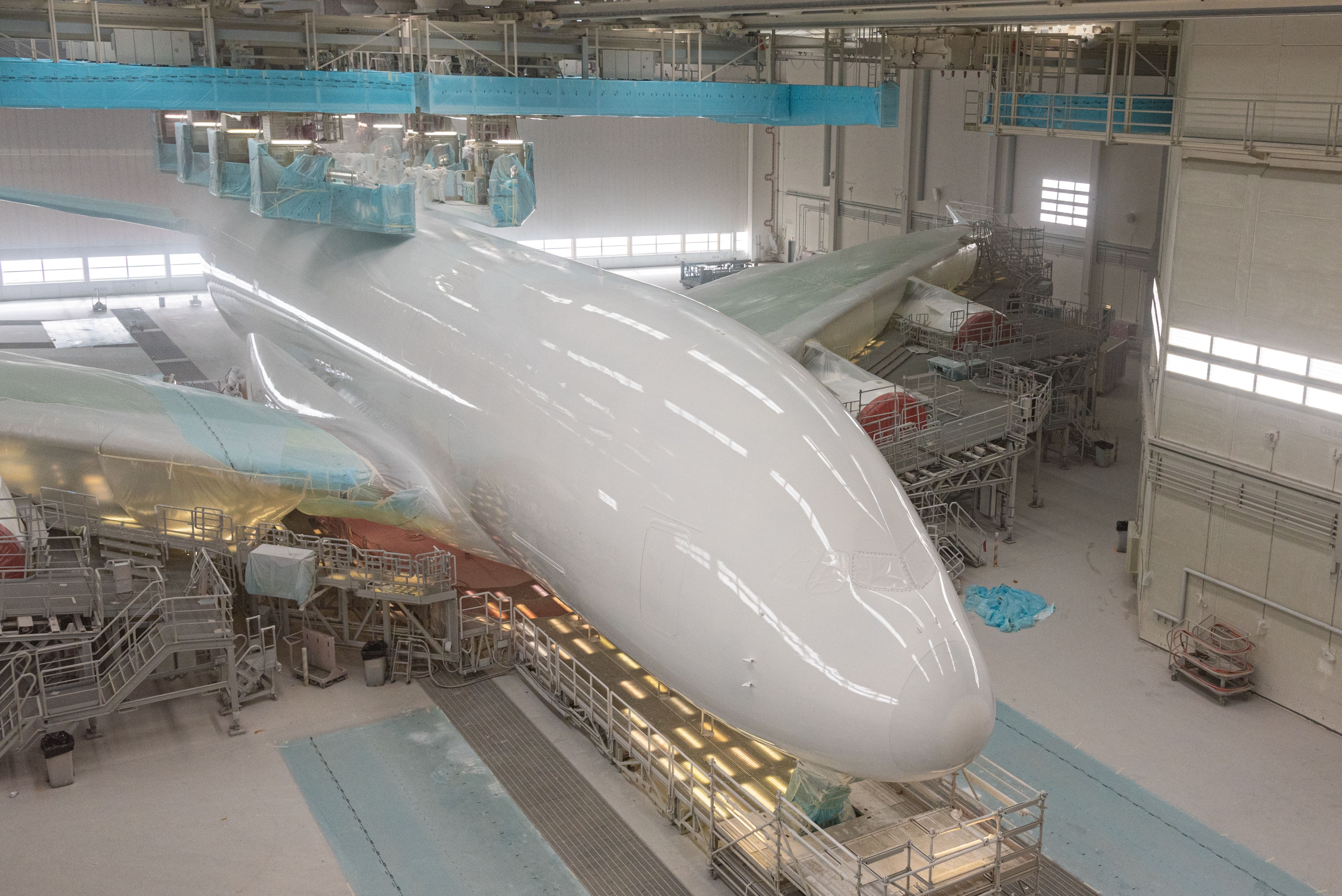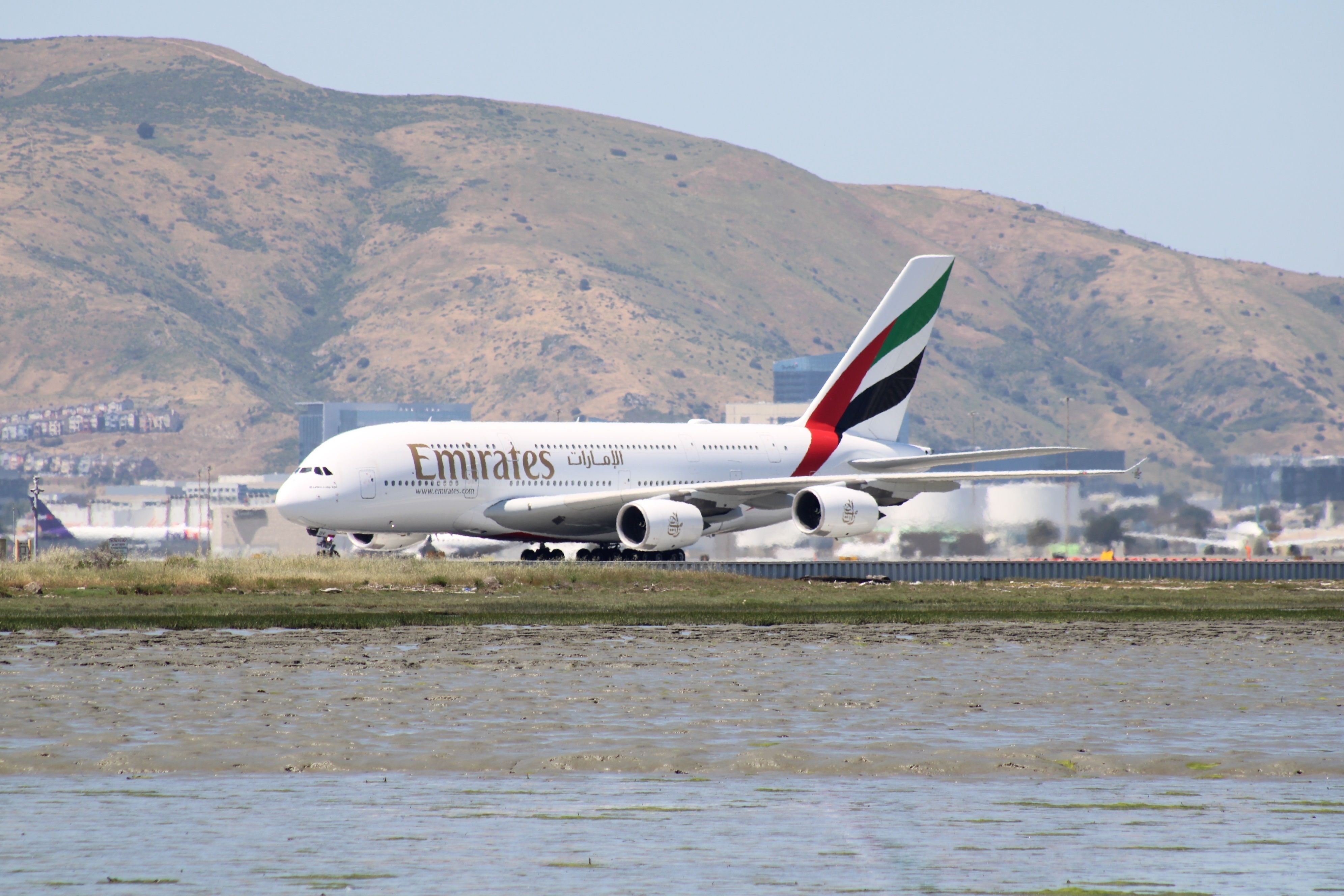Summary
- The A380 was almost named the A350 until financial struggles; now many airlines are reactivating their A380 fleets to meet demand.
- Airbus considered names like UHCA and HDB before settling on A3XX, though A380 was another potential option due to cross-section shape.
- The A380, despite being generously-sized and comfortable for passengers, is no longer as popular due to a shift towards twin-engine widebodies.
Despite production being suspended, the Airbus A380 remains a marvel of engineering. Nearly twenty years after its first flight, the A380’s sheer size, safety record, and passenger comfort are unmatched. For over a decade, hundreds of engineers and Airbus management made thousands of decisions regarding developing what would become the world’s largest passenger plane. One of those decisions was to decide what the aircraft should be called, which we will take a look at in this article.
When Airbus first thought up the idea of building the superjumbo, they called the project the “Ultra High Capacity Aircraft (UHCA).” The project aimed to remove Boeing’s monopoly in the widebody market by building a plane to rival the Boeing 747. Creating a large capacity double-decker aircraft seemed like a good idea, especially if future passenger numbers were to increase as expected.
Photo: Emirates
- Ultra High Capacity Aircraft (UHCA)
- Horizontal Double Bubble (HDB)
- A3XX
- A380
According to AeroTime, Airbus engineer and the man behind the A330 and A340, Jean Roeder, came up with an ultra-wide plane with two A340 fuselages side by side rather than a double-decker. He called this the “Horizontal Double Bubble (HDB),” and while it progressed no further, it was the first A380 concept.
Photo: Ventura | Shutterstock
Deciding that more heads were better than one, Airbus asked all of its subsidiaries to develop a design, hoping they could take something from each and incorporate it into the new plane. A couple of the early designs were called the DASA A2000 and the BAe AC14.
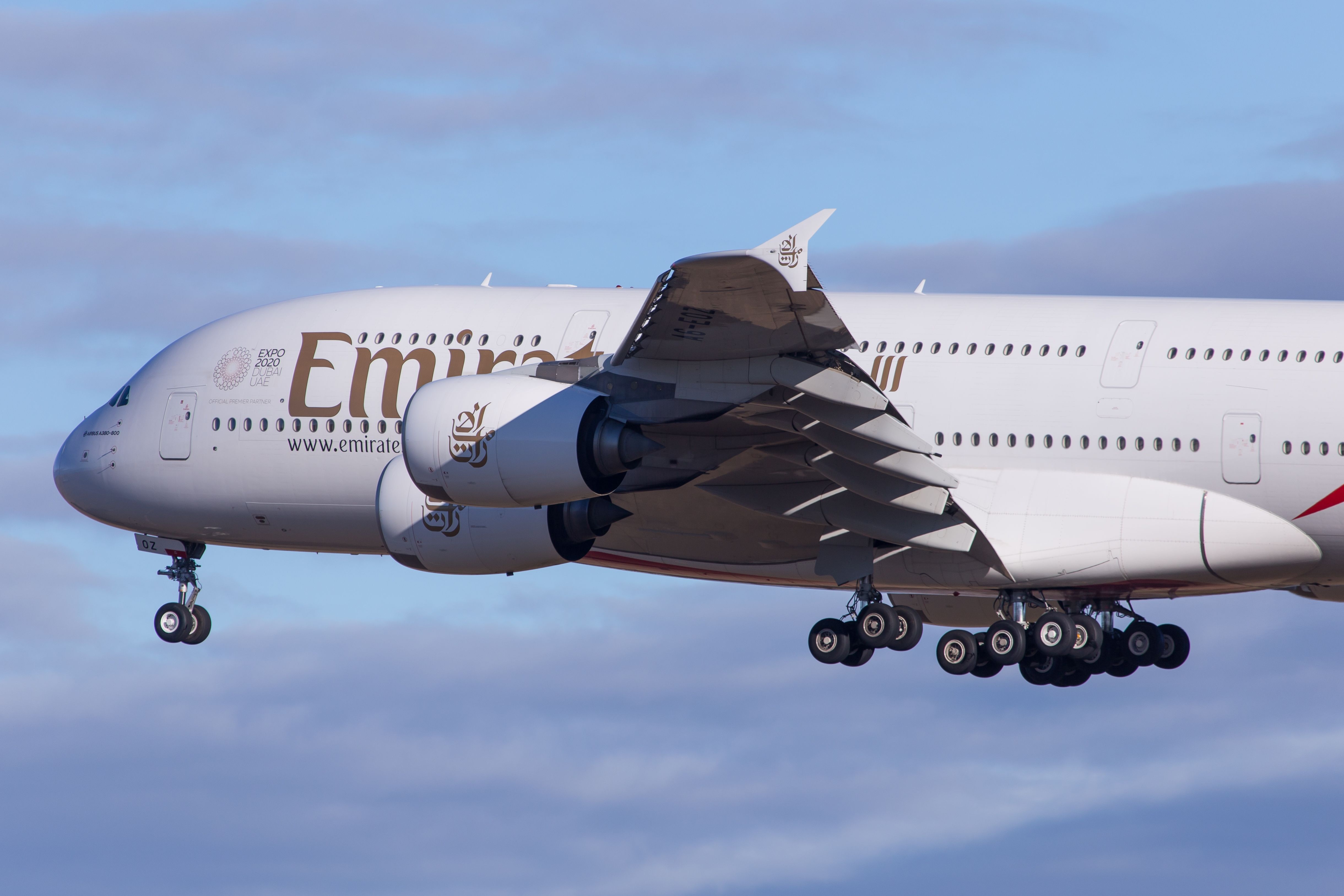
Related
Record Smashing: What Is The Longest Airbus A380 Flight?
Currently, 143 examples of the European “Super Jumbo” are active globally.
In 1993, German DASA, British BAe, and French Aerospatiale got together and went with the Airbus tradition of naming the plane the A3XX. Looking at a list of planes, Airbus had already manufactured the A300, A310, A320, A330, and A340. The logical answer would be to name the superjumbo the A350. Airbus kept the name quiet, not wanting to reveal its intentions, only referring to the plane as the A3YY. The Y got changed to an X for one reason or another and had Airbus now calling the plane the “A3XX.”
The double-decker concept takes hold
By 1994, the double-decker concept had taken hold with two variants: the 500-seat A3XX-100 and the 600-seat A3XX-200. With the design stage now nearly finished and talks with potential customers set to begin, Airbus added a long-range variant to the lineup called the “A3XX-100R.” It was later joined by a smaller version called the “A3XX-50” and a freighter called the “A3XX-100E,” and later renamed the “A3XX-100F.”
Photo: Airbus
In 1997, the Asian financial crisis caused airlines to think twice about the superjumbo, particularly as Airbus struggled to deliver the fuel efficiency airlines were looking for. Had the program not slowed down, there is a good chance that the A380 could well have been called the A350. By 2000, it was beginning to look like the program would be canceled, but Airbus decided to push ahead and rebrand the plane as the A380.
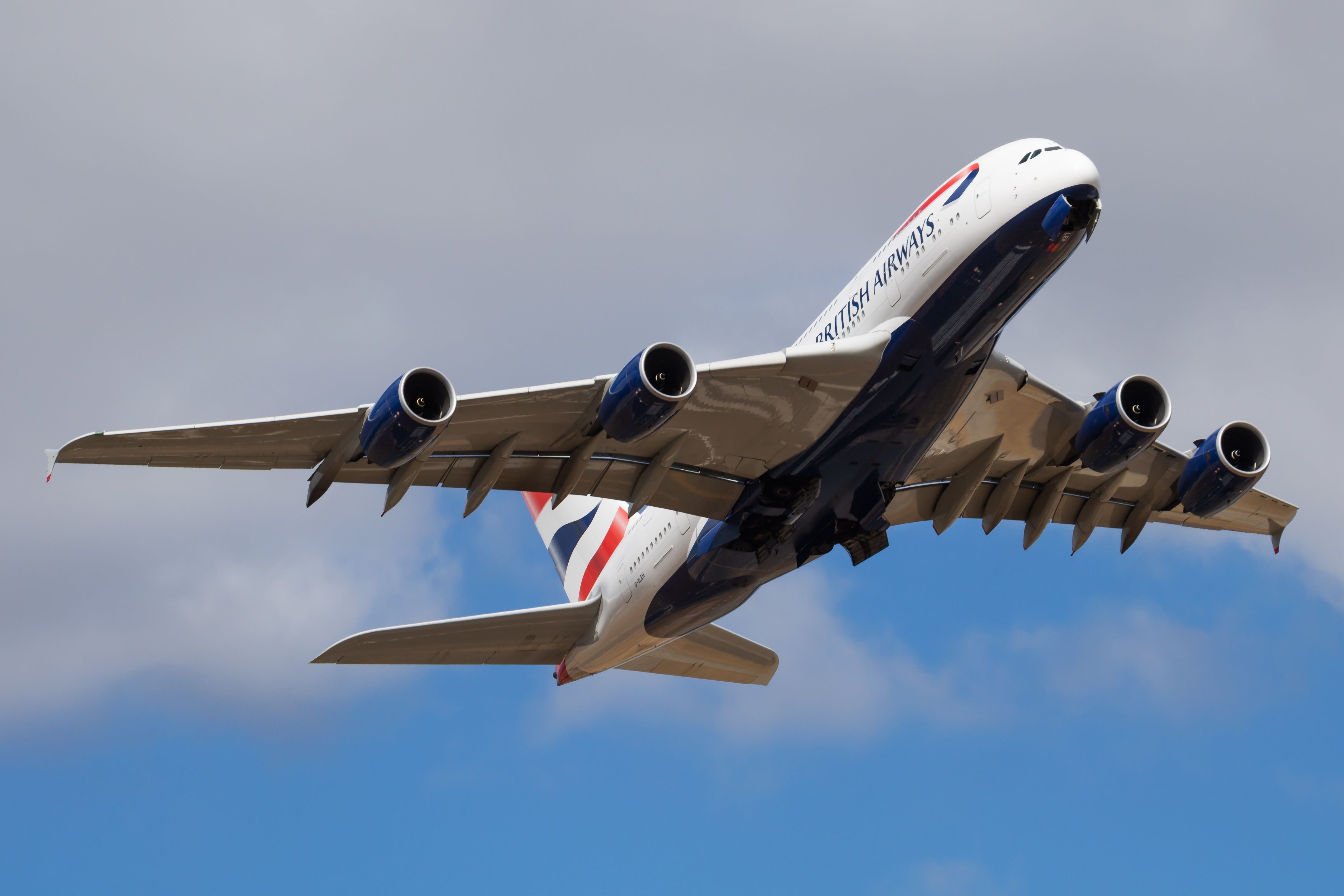
Related
Airbus A380: 5 Facts & Figures About The Superjumbo
Some interesting aspects of this complex engineering marvel.
There are contradictions as to why Airbus jumped from the A340 to the A380. The most logical is that they could reserve numbers for aircraft larger than the A340 but smaller than the A380. The truth, however, is that the number “8” would represent the cross-section of the aircraft’s two decks stacked one upon the other. Several media outlets at the time also reported the designation was a nod to the number 8’s status as a lucky number in Asian countries.
Emirates took delivery of the last A380
On what will go down as a bittersweet day in the history of the Airbus A380, Dubai-based Emirates took delivery of the final A380 to be manufactured on December 16, 2021. Emirates first placed an order with the European planemaker during the 2000 Farnborough Airshow and became the model’s most significant customer, with 116 A380s currently in its fleet, of which 89 are active. Emirates’ A380s have an average fleet age of 9.4 years.
Photo: The Global Guy | Shutterstock
While passengers loved the double-decker A380 and its spacious feel, the trend in the industry is now for twin-engine widebodies and not the thirsty four-engined A380. The COVID-19 saw airlines ground their remaining A380 fleets as international borders closed, with several carriers announcing it was the end of the type.
However, in a surprising turn of events, quite a few airlines have reactivated and retrofitted their A380 fleets to meet an increase in demand. Singapore Airlines reactivated all 12 of its superjumbos at one point, of which 10 are currently active. The airline has an average age of 10.5 years across its A380 fleet. The UK’s flag carrier, British Airways, currently has 11 A380s in service and one parked, with an average age of 10.3 years across its fleet.
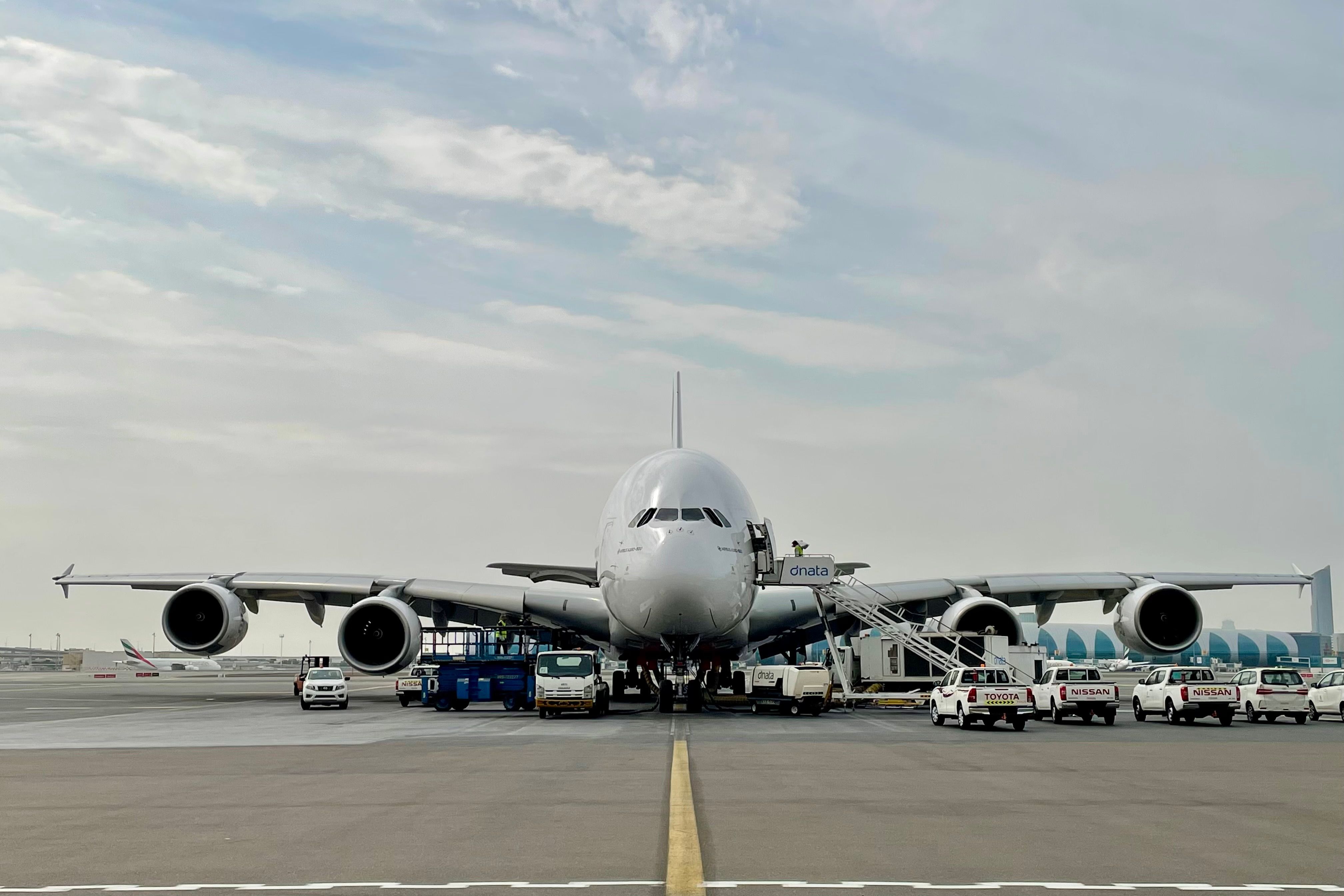
Related
In Photos: Behind The Scenes Of An Emirates Airbus A380 Maintenance Check
Simple Flying had the opportunity to see what goes on inside the superjumbo when it’s being checked.

